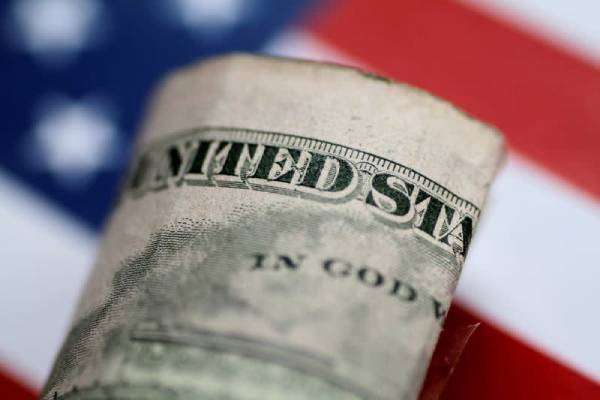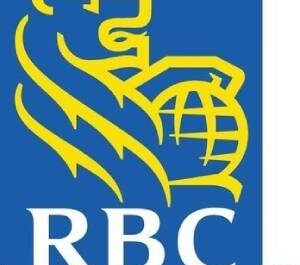Stresses over the obligation roof are starting to shake financial backers as the cutoff time approaches for Congress to raise the U.S. acquiring cutoff to stay away from a memorable default on U.S. obligation.
With about fourteen days before the Oct. 18 cutoff time, President Joe Biden said Monday he can’t ensure the public authority won’t penetrate its $28.4 trillion obligation limit except if conservatives join leftists in casting a ballot to raise it.
Concerns are mounting on the lookout for momentary bills, credit default spreads on U.S. obligation and overall market feeling. U.S. Depository Secretary Janet Yellen has said the public authority will run out of money around that date except if Congress raises the breaking point on the government obligation.
“The debt ceiling and infrastructure talks out of (Washington), D.C., will continue to be front and center this week amid more hints that ratings agencies could take the U.S. credit rating down a notch if the drama continues,” said Arthur Hogan, boss market tactician at Public Protections Corp.
Momentary Depository Spreads
There are indications of strain in the Depository charge market, with 1-month charges that would be influenced by a potential default yielding higher than 3-month bills.
One-month charges presently yield 0.1%, near their most elevated levels since Spring on an intraday premise, contrasted and a 0.038% yield in three-month bills. The spread between one-month and three-month bills is the largest since Walk 2020.
Portfolio directors ordinarily keep away from charge issues in danger of default regardless of whether the probability of a bombed installment is exceptionally low. This can send yields on certain issues higher than those on longer-dated obligation, a surprising event in the yield bend, which is commonly up slanting.
U.S. Repo Market
With the exception of some minor instability, the U.S. overnight repurchase arrangement (repo) market has given little indications of pressure.
Overnight repo rates on Monday shut down at 0.05%. There were a few pockets of unpredictability, merchants said, over the most recent couple of days. Last week, overnight repo rates exchanged as high as 0.07%, yet fell as low as – 0.10%.
As the obligation roof cutoff time looms, repo rates have become unpredictable on the grounds that with the U.S. Depository expected to run down its money balance, the abundance supports stream into the financial framework as stores. Banks can either decide to put resources into the repo market, which pushes rates lower, or loan to the Central bank by means of its opposite repo office. That removes cash from the repo market and will in general lift for the time being rates somewhat higher.
“Except for perhaps some elevated volatility, I don’t see anything outsized at this point that makes me think it’s resulting from increased angst about the debt ceiling,” said Dan Belton, fixed-pay planner, at BMO Capital in Chicago.
Rates in the repo market are additionally influenced at specific dates of the month by inflows from government state endeavors like Fannie Mae and Freddie Macintosh.
Last Thursday, volume at the Federal Reserve’s converse repo window took off to a record $1.604 trillion, as financial backers rushed to the U.S. national bank office where they are paid a reliable 5 reason for the time being cash without counterparty hazard.
Alternatives Market
At the point when financial backers are restless with regards to a forthcoming occasion, they commonly load up on alternatives fences, in this way driving up unpredictability installed in those choices.
Alternatives on S&P 500 and its following ETF, terminating on Oct. 15, only preceding the obligation roof cutoff time, show only a tad chomped additional unpredictability estimated into them when contrasted and contracts lapsing previously, then after the fact.
A more huge ascent in unpredictability for terminations close by the Oct. 18 cutoff time in coming days would tell that the obligation roof standoff is collecting additional consideration from financial backer
Credit Default Trades
Dainily exchanged credit default trades that would pay off on account of a U.S. government default have spiked lately, however they stay far underneath where they exchanged throughout the mid year of 2011 when delayed obligation roof dealings prompted evaluations organizations minimizing U.S. obligation, as indicated by Moody’s examination.
One-year credit-default trades are presently exchanging at levels last found in December 2020, as per Refinitiv information, through remain around 40% lower than they were in Walk 2020 when a significant part of the U.S. economy closure during the beginning phases of the Covid pandemic.
Currency Market Streams
In one indication of rising anxiety, financial backers sent around $33 billion into currency market finances the week that finished Sept. 29. That transition to cash pushed the complete resources of the $3.9 trillion currency market industry to its most significant levels since June, as per information from the Speculation Organization Establishment.
Matthew Davis is a financial educator and advisor on mutual funds, asset allocation and both buy-and-hold and active management strategies.
Disclaimer: The views, suggestions, and opinions expressed here are the sole responsibility of the experts. No journalist was involved in the writing and production of this article.


